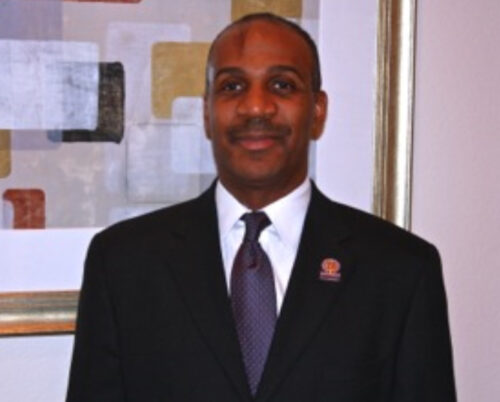Recruiting Black patients and other non-white demographics to take part in clinical trials remains a persistent challenge, and much of the effort to get them involved concentrates on convincing the trial participants. At this month’s Black Health Matters Fall Summit, however, Dr. Kevin Pruitt turned a spotlight on the laboratories and companies conducting the trials.
“What are they doing to convey the importance of trials to the people themselves and change the negative perceptions they’ve had for generations?” asked Pruitt, the medical initiatives chair of the Southern District of Omega Psi Phi fraternity.
They can and should do more, he said. Primarily, they can directly connect with Black and other minority communities, speaking to them in person; and engaging churches, fraternities and sororities, minority medical groups and previous trial participants to help them spread the word.
And, he added, go in with the understanding of why those communities are so reluctant to let companies use them in tests, even in the service of treating their illnesses better.
“Some of the larger clinical trials and studies that are not inside our communities probably need to hear our concerns,’’ Pruitt said. “Past transgressions against the Black community have caused us to have a little bit of apprehensiveness, so that needs to be understood by some of the drug companies, and coddled a little bit so they understand why we tend to not want to enter clinical trials at the same level as the rest of society.’’
The apprehensions are well known to everybody on both sides, often exemplified by the notorious Tuskegee Experiment involving studying untreated syphilis in Black men for decades during the last century. Continuing to tell Black people today of any age that those days of blatant medical exploitation are long in the past can only go so far, Pruitt said.
Thus, he said, the medical industry has to meet them at least halfway, if not more. One potential solution is convincing young people to participate, at the phase I level of trials, because they don’t have the first-hand experience or are further removed from the atrocities of the past.
“They’re a little bit more trusting,’’ Pruitt said, “and that might be an entry point, and maybe even a point to talk to a grandma or parent and say, ‘Hey, I just did a clinical trial, I was fine, everything was good, maybe you should come down.’”
There are more protections in place for trial participants today, from the industry and federal law, than there were in past decades, Pruitt said. The lay members of the trials’ institutional review boards serve as both necessary watchdogs as trials are constructed by drug companies and overseen by the Federal Drug Administration, and as avenues into underserved communities for companies trying to make the trials more diverse.
The theme that ran through Pruitt’s suggestions was that diversity was necessary in every aspect of clinical trials, including the people trying to expand the pool.
“Bottom line,’’ Pruitt said, “people feel more comfortable when they see someone in charge that looks like them.’’
—David Steele






